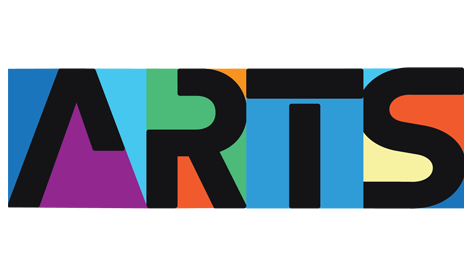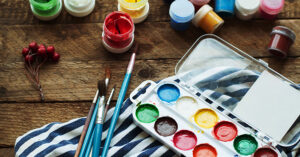Starting something new can be intimidating—but learning how to watercolor doesn’t have to be. With the right tools and a few guided steps, anyone can begin exploring this beautiful and expressive art form.
Whether you’ve dabbled in other mediums or are brand new to painting, this guide will walk you through the essentials of how to watercolor with confidence.
Step 1: Gather the Right Materials
Before you start, make sure you have the basic supplies:
- Paint: Choose student-grade watercolor pans or tubes
- Brushes: A size 6 and a size 10 round brush will give you flexibility
- Paper: Use 140 lb cold-press watercolor paper
- Palette: For mixing and testing colors
- Water cup & paper towel: For cleaning and blotting
- Pencil & eraser: For light sketching before you paint
Step 2: Understand the Properties of Watercolor
Transparency
Watercolor paint is translucent, meaning you’ll build color through layers rather than opaque coverage. Plan your highlights by leaving portions of the paper unpainted.
Water Control
Mastering how much water to use is a key part of learning how to watercolor. Too much water can create uncontrolled blobs, while too little can result in chalky, uneven strokes. Practice with different water-to-paint ratios to learn how they behave.
Step 3: Start with a Light Sketch
Using a pencil, lightly sketch your subject. Keep the lines simple and light—you don’t want them to compete with your painting. Sketching helps with proportion and layout, even in abstract work.
Step 4: Try the Basic Techniques
Wet-on-Wet
Apply clean water to the paper and then drop in color. This creates soft, flowing blends—perfect for skies or soft backgrounds.
Wet-on-Dry
Paint directly onto dry paper to get crisper, more controlled edges. Great for adding definition.
Gradient Wash
Start with a saturated color and slowly add more water to your brush as you move down the page. This helps you practice controlling dilution and fading effects.
Layering (Glazing)
Once a layer is completely dry, you can paint over it to adjust tones or add new shapes. This is useful for adding dimension and shadow.
Step 5: Begin Your First Painting
Choose a Simple Subject
Start with something approachable like a single leaf, flower, or fruit. These offer natural shapes and vibrant colors to work with.
Block in Large Shapes First
Use light washes to map out the main areas. Keep it loose and let the water do some of the work.
Add Details Last
Once the base layers are dry, use more pigment and a smaller brush to add details like veins, shadows, or patterns.
Step 6: Let It Dry and Review
Let your painting dry completely before reviewing or framing it. This also gives you time to reflect on what worked and where you can improve next time.
Tips to Keep You Motivated
- Keep a sketchbook: Experiment freely with no pressure
- Watch time-lapse videos: Seeing others’ process can inspire new techniques
- Join a class: East End Arts’ watercolor class with Chris Ghiraldi offers step-by-step guidance and community support






